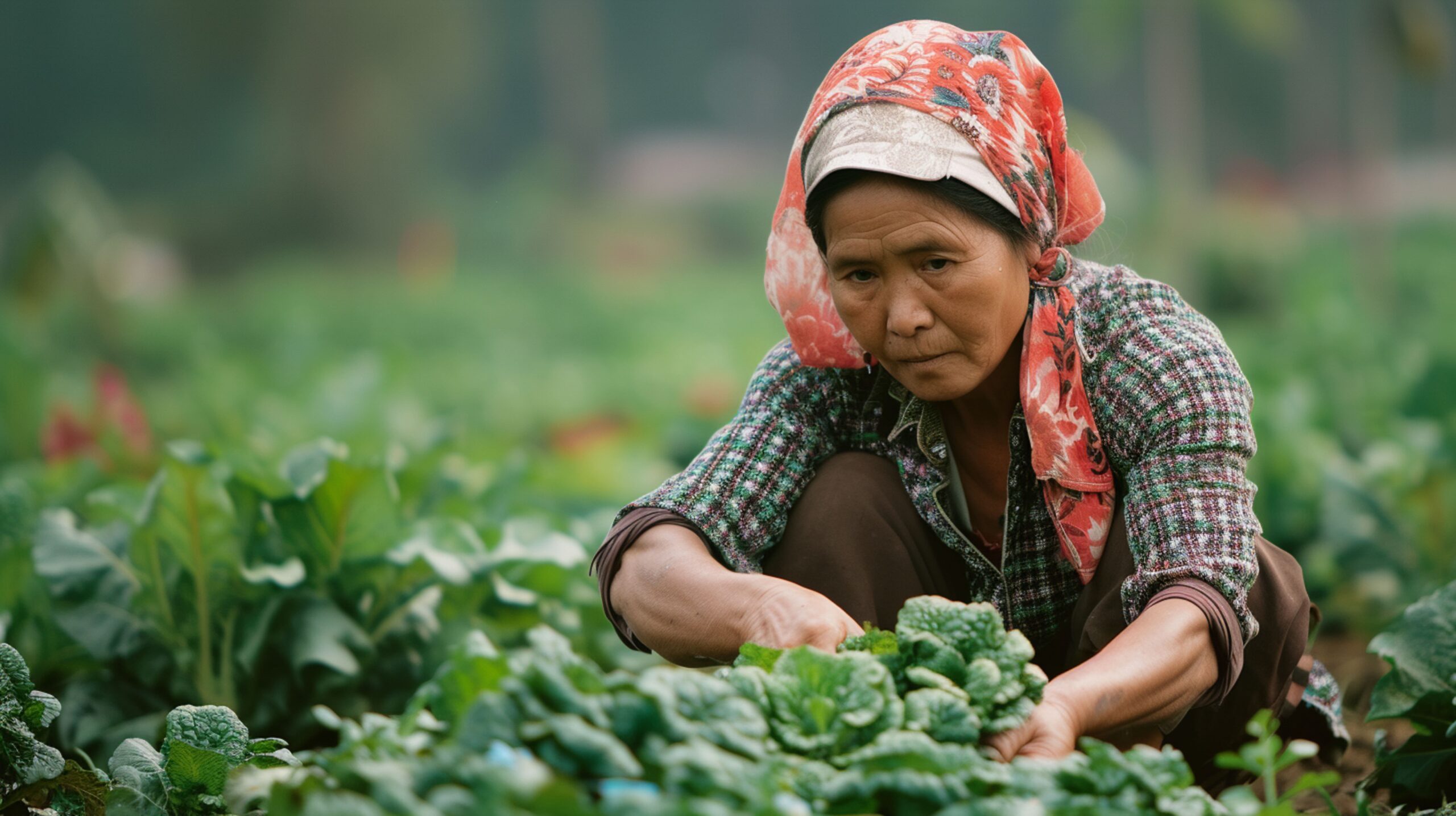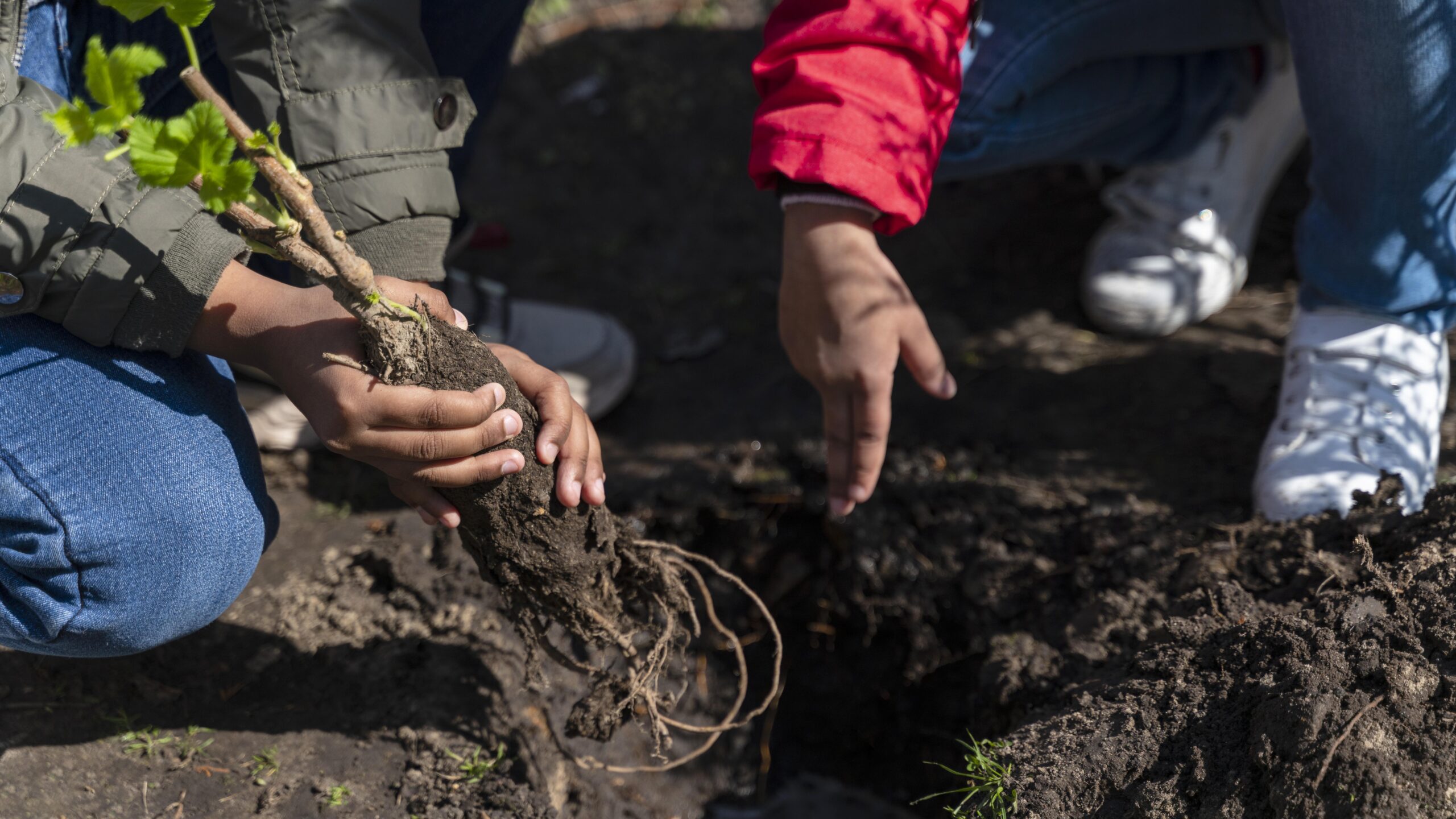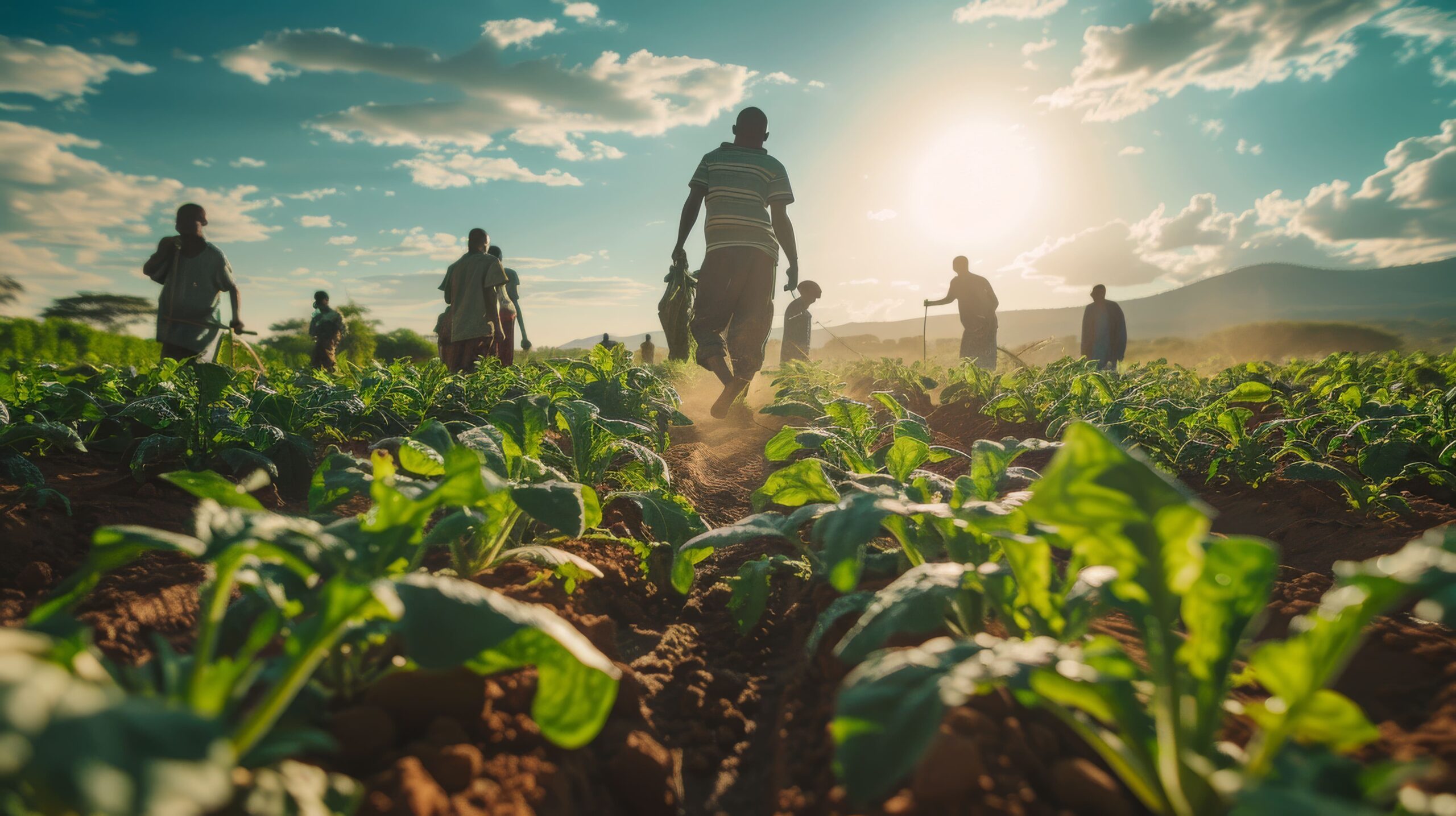TRANSITION TO SUSTAINABLE AGRICULTURE
Here's a roadmap for transitioning marginal farmers in India from traditional agriculture to sustainable practices:

Understanding the Needs

Needs Assessment
Conduct a thorough assessment of the specific challenges and resources of marginal farmers. This helps tailor support programs effectively. Consider factors like land size, water availability, existing practices, and market access.
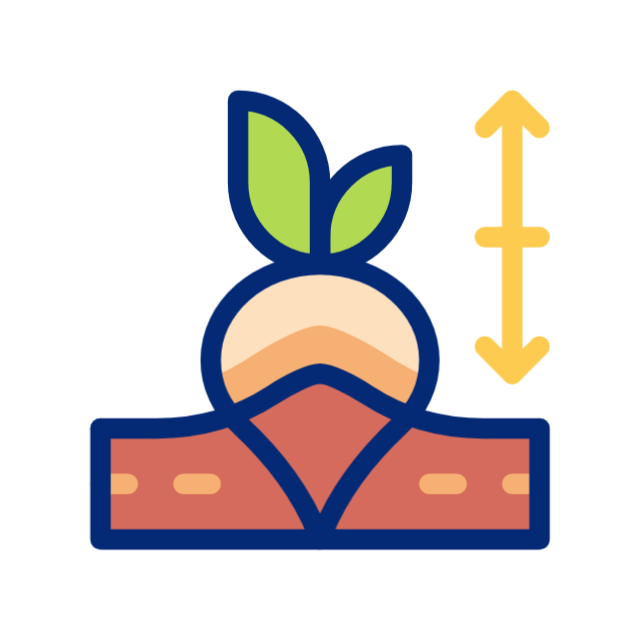
Identifying Sustainable Practices
Based on the assessment, identify suitable sustainable practices like integrated pest management (IPM), conservation agriculture (CA), or diversification.

Building Knowledge and Skills

Training Programs
Offer comprehensive training programs on various sustainable practices. This could include soil health management, water conservation techniques, crop rotation strategies, and efficient resource utilization.

Farmer-to-Farmer Learning
Facilitate peer learning through farmer-to-farmer exchanges and the creation of farmer networks. This allows knowledge sharing based on local experiences and builds confidence in adopting new methods.

Financial and Technological Support

Subsidies and Grants
Provide government subsidies or grants to help marginal farmers cover the initial costs of transitioning to sustainable practices. This could include investments in drip irrigation systems, organic fertilizers, or seed varieties suitable for their region.

Microloans
Explore microloan programs with flexible repayment structures to help farmers invest in necessary resources for sustainable agriculture.

Technology Access
Promote access to affordable and efficient technologies like precision farming tools or weather monitoring systems for informed decision-making.

Market Access and Value Chains

Sustainable Certification
Explore options for obtaining sustainability certifications for produce grown using sustainable practices. This can potentially fetch higher market prices for marginal farmers.

Direct Marketing Channels
Create opportunities for direct marketing through farmers' markets, consumer co-operatives, or online platforms. This allows farmers to capture a larger share of the profits.

Value Addition
Explore opportunities for adding value to products through processing or packaging, potentially increasing profitability for marginal farmers.

Land Management and Resource Efficiency

Soil Health Programs
Introduce programs that promote soil health improvement through practices like cover cropping, mulching, and the use of organic matter. Healthy soil is essential for sustainable agriculture.
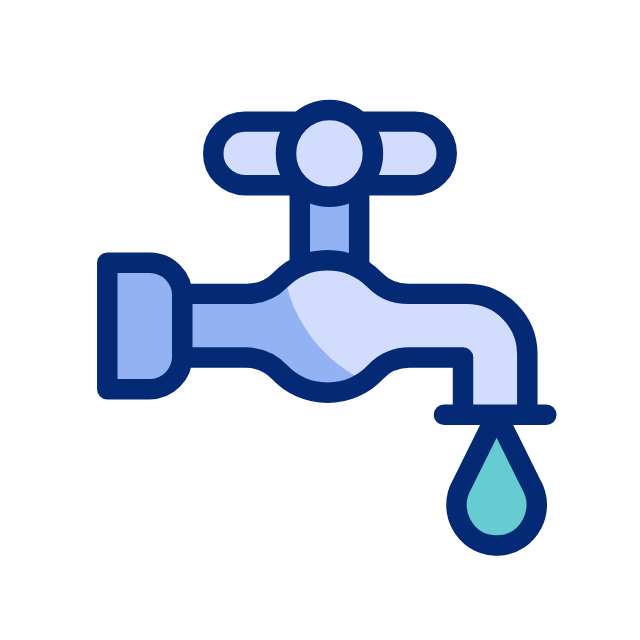
Water Management Training
Educate farmers on water management techniques such as rainwater harvesting and drip irrigation. This conserves water and reduces dependence on groundwater resources.

Renewable Energy Integration
Explore the use of renewable energy sources like solar power for irrigation or farm operations, reducing reliance on fossil fuels and promoting sustainability.

Addressing Challenges

Climate-Smart Practices
Train farmers on adapting to climate change through practices like heat-resistant crop varieties or drought-tolerant techniques. This builds resilience and ensures long-term sustainability.

Market Fluctuations
Provide support for managing market fluctuations through collective bargaining or price stabilization mechanisms to protect the income of marginal farmers.

Monitoring and Evaluation

Track Progress
Monitor the progress of marginal farmers transitioning to sustainable agriculture. This could involve tracking yields, resource use efficiency, and farmer income levels.

Feedback and Adaptation
Continuously gather feedback from farmers and adapt the support programs based on their needs and learning experiences. This ensures effectiveness and addresses emerging challenges.

Additional Considerations

Women in Agriculture
Encourage women's participation in sustainable agriculture through targeted training programs and support mechanisms. Women play a crucial role in many agricultural communities.

Government Policies
Advocate for government policies that incentivize sustainable farming practices and provide a supportive environment for marginal farmers to transition smoothly.
By implementing these steps, India can create a framework for a successful transition towards sustainable agriculture for marginal farmers. This approach improves their livelihoods, promotes environmental responsibility, and fosters a more resilient food system for the future.

